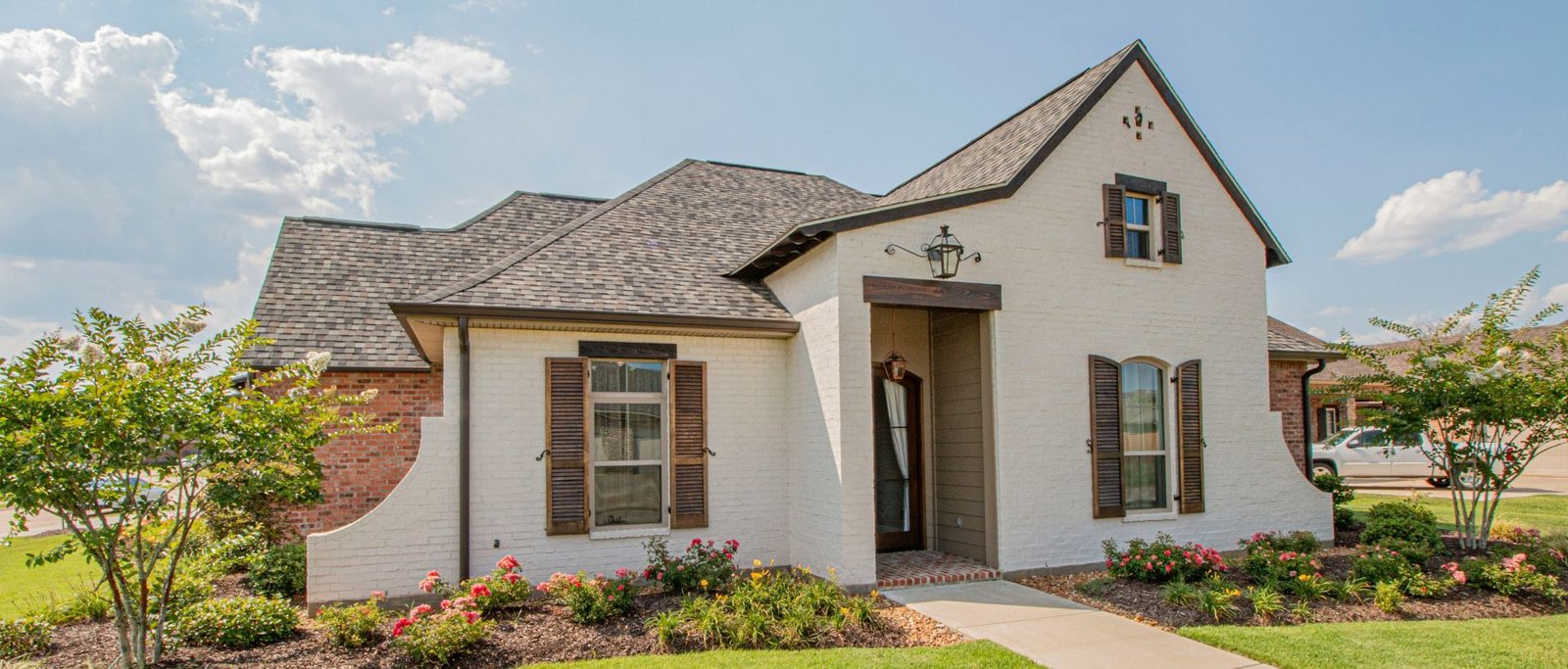Is Your Property Eligible for an SB9 Lot Split? Here's How to Find Out

Author
Published on
Category
Recent Posts
Get in Touch
If you’re considering splitting your lot under California’s SB9 law, the first and most important step is determining whether your property qualifies. A successful SB9 lot split hinges on understanding your property’s characteristics and local regulations — and we’re here to help.
At Riechers Engineering, we offer a free eligibility check using our proprietary SB9 Eligibility Checker Tool. We’ll personally review your property and let you know whether it meets the qualifications — no cost, no obligation.
Key Factors That Make a Property Eligible for SB9
Here’s a breakdown of the main requirements:
- Location: The property must be located in an urbanized area or an urban cluster, as designated by the U.S. Census Bureau.
- Zoning: The property must be zoned for single-family residential use.
- Lot Size: The existing lot must be at least 2,400 square feet. After the split, each new parcel must be at least 1,200 square feet.
- Owner Occupancy: In most cases, the owner must intend to live on one of the lots for at least three years after the lot split (a declaration is typically required). However, in certain cities, a tenant can suffice as the applicant (rather than the owner). Contact us to see if your situation qualifies.
- No Prior Splits: The property must not have been established through a previous SB9 lot split.
- Historic Protections: Properties located in historic districts or designated as historic landmarks are generally not eligible.
- Environmental Restrictions: Properties in very high-risk fire zones, flood zones, or other protected environmental areas may be restricted or subject to additional requirements. These are not necessarily disqualifiers. Contact us to figure out.
- Access: Both resulting lots must have legal and physical access (such as frontage on a public street or easement). Typically, access must be ~11’ wide.
Our Process: How We Help You Get Started
When you reach out to us, we’ll walk you through:
- Property Assessment: We evaluate your property’s size, shape, current structures, and physical features.
- Land Suitability Review: We look at topography, utilities, easements, and any environmental constraints.
- Zoning and Municipal Code Analysis: We review local zoning ordinances to confirm SB9 eligibility and identify any jurisdiction-specific rules.
- Site-Specific Consultation: We consider easements, flag lots, access requirements, and any unique site factors.
- Customized Recommendations: If you’re eligible, we’ll advise on next steps. If not, we’ll explain why and whether alternative paths (like other ADU options) are available.
Important: Even though SB9 is a state law, every city can add its own rules — and these can greatly impact your project. That’s why having experts review your property is crucial.
Want to find out if your property qualifies?
Contact us here to get your free SB9 eligibility check and personalized report.

